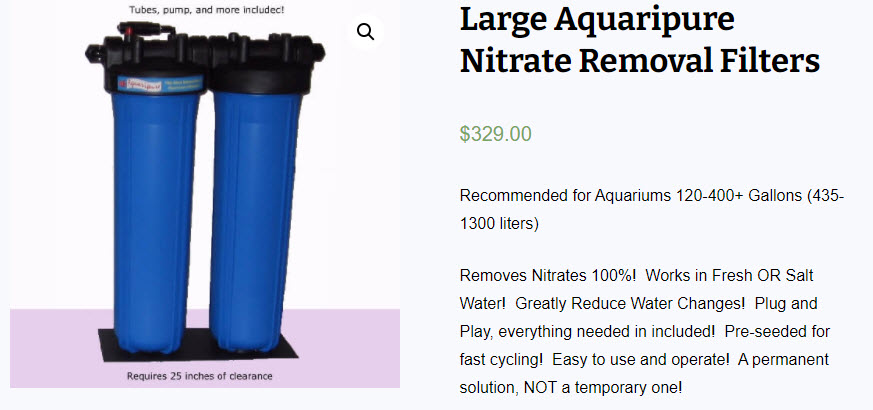
There are some commercial reactors (i.e. Aquaripure) for sale which claim to reduce nitrates in the aquarium to nitrogen gas (NO3 -> N2). Then there are several do it yourself designs of “anaerobic reactors”. In a nutshell, these denitrifying reactors simply do not work and cannot work. The complete explanation of why this is is lengthy and boring. But if you are a real nerd like the author, read on.
Condensed Conclusions
There are some commercial reactors for sale which claim to reduce nitrates in the aquarium to nitrogen gas (NO3 -> N2). This is properly called denitrification. There is a DIY design which uses a long length of tubing to circulate water very slowly. Another DIY design uses 3″ and 4″ PVC pipes filled with filter media. Still another design uses two canisters.
Old timers may remember small sealed sumps filled with media where the water was slowly dripped through the sealed sump. There is no way to sugar coat this. All these designs, both commercial and DIY, simply cannot possibly reduce nitrates to nitrogen gas for no less than five solid scientific reasons.
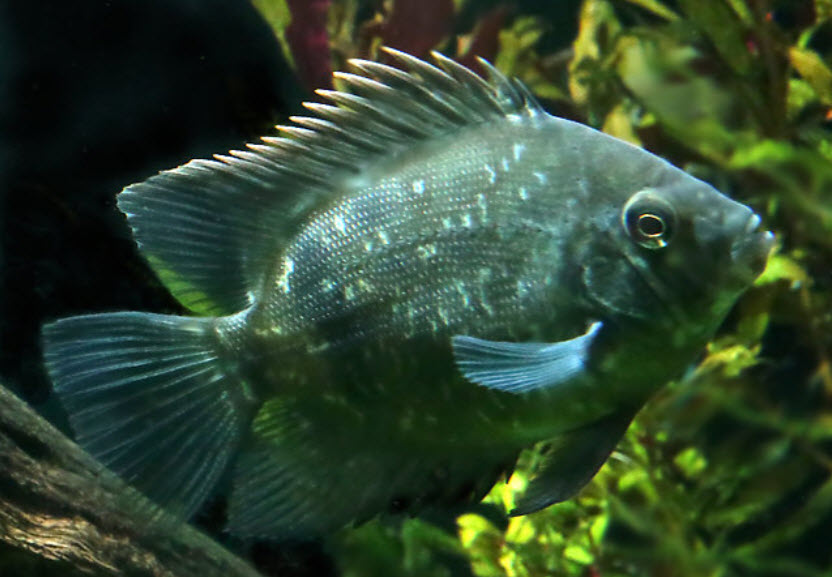
Commercial and DIY Reactors.
There are several anaerobic reactor designs sold on the internet which supposedly reduce nitrates to nitrogen gas. There are also some YouTube videos on making a do-it-yourself denitrification reactors (generally just very long tubes). These reactors do not work, period. These reactors do not work for a lot of reasons but the main ones are
- Lack of a constant carbohydrate feed
- Lack of a suitable carbohydrate feed
- Lack of media in the reactor
- Lack of water circulation inside the reactor
- Too much water circulation through the reactor
We go into each of these reasons in depth below.

1, Lack of “Feeding” The Reactor
Anaerobic reactors require a “feed” of an organic material. This organic material gives rapid growth of common bacteria (“heterotrophic” bacteria) which consume the oxygen rapidly and completely (technically conditions where there is less than 0.3 mg/L dissolved O2). Denitrifying bacteria which convert nitrate to nitrogen gas require this very low level of oxygen.
No commercial reactors or DIY YouTube reactors provide this feed in a regular constant basis (one adds it manually every few days, which is completely useless).
Even if a reactor did feed carbohydrates the process requires very close monitoring and control. If the feed is too little the oxygen will not be consumed, and the anaerobic process will not commence. If there is a little feed but not enough feed, poisonous nitrite can be formed in the anaerobic reactor (from “Design and Operations of the Kaldnes Moving Bed Biofilm Reactors,” Rusten et.al. 2006):
“Systems with inadequate supply of carbon source tend to reduce some of the nitrate (NO3) to nitrite (NO2), instead of all the way to nitrogen (N2) gas. Since NO2 is very toxic to fish, it is important to minimize the NO2 concentration by using an external and controllable carbon source.”
If the organic carbohydrate is added in large amounts to the reactor the whole process can be sped up considerably. But there is a problem with this approach. It insures that excess undigested carbohydrate (“dissolved organic compounds” or “DOCs”) is funneled into the aquarium. This will result in cloudy bacteria laden water and unhealthy fish (and a very bad smell!).
So the add has to be just enough carbohydrate very slowly added. This delicate balance is almost impossible to get in an aquarium.
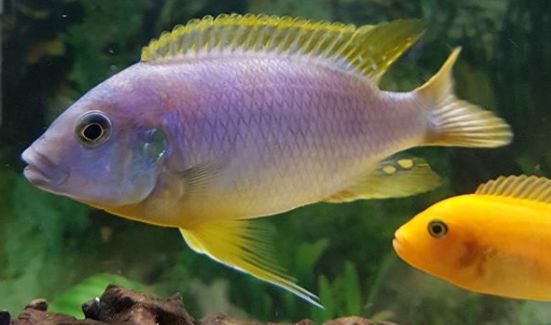
2, Lack of SUITABLE Feed
The feed itself is important. The feed must be capable of reducing the oxygen content very rapidly AND donating electrons to the anaerobic bacteria. The feed should ideally be capable of reducing the oxygen content to zero in very roughly less than 20% of the residence time in the reactor. So if the residence time in the reactor is ten hours the feed must be capable of digestion in very roughly two hours.
These feeds also act as what are called “electron donors” and allow the reduction of nitrate to nitrogen gas. In sewage treatment plants they add methanol, glycerin or ethanol to provide the simple organic carbohydrates which act as electron donors. Sometimes they add sludge or just use the feces in the sewage to provide the carbohydrate electron donors but this is much less efficient.
In nature there are often upwelling springs which feed electron donors like various sulfides to the water to create denitrification to nitrogen gas. But these upwellings are obviously not going to occur in an aquarium.
3, Lack of Media
Denitrifying bacteria need to be stationary on a surface in order for water to bring them the nitrate molecules they need to energize their metabolism.
As a result, denitrifying bacteria are much like nitrifying bacteria in that they need a large surface area on which to grow and form colonies. So any successful denitrifying aquarium reactor will require media inside it. Virtually all commercial designs and virtually all the DIY designs on YouTube lack media and thus simply can’t do denitrification.
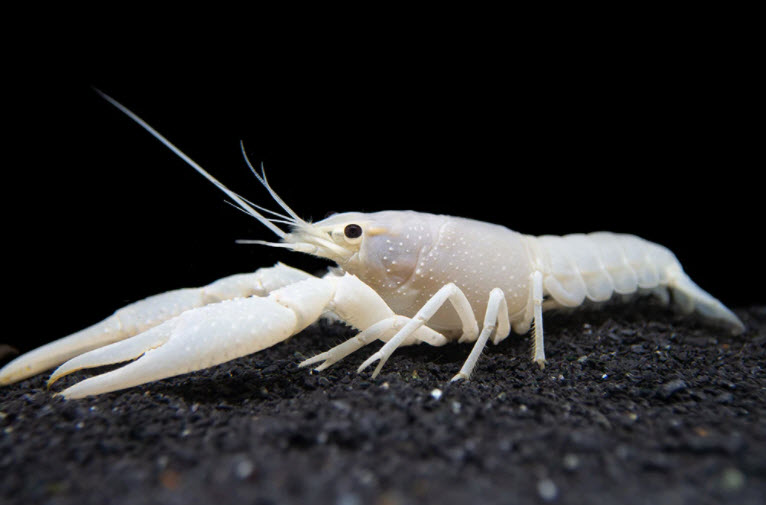
4, Lack of Water Circulation
Another major reason most commercial anaerobic reactors found on the internet and DIY reactors found on YouTube can’t work is because of the lack of water circulation inside the reactor.
The reasons behind needing a circulation inside the sealed container is relatively straightforward. For denitrifying bacteria to work they need to have access to a lot of nitrate molecules. Because the reaction is such a low energy reaction a lot of nitrate molecules are needed to support one tiny denitrifying bacteria or archaea (basically a primitive bacteria).
There are two ways these molecules get to the denitrifying bacteria, by being in a high concentration or by moving rapidly across the surface of the bacteria. The speed with which the denitrifying bacteria will work is very roughly determined by the product of the water velocity and the concentration of nitrate (concentration multiplied by velocity).
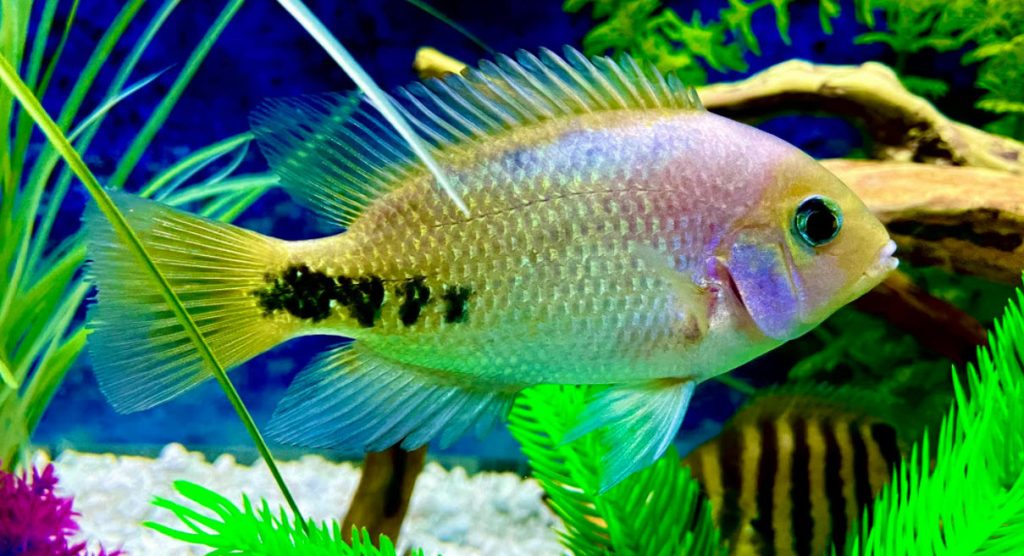
So a tertiary sewage treatment plant might be moving the water at a rate of six feet per minute, 360 feet per hour with mixers and have a concentration of 100 ppm nitrate. The product of this is 36,000 and can give 90% reductions of nitrate in roughly 1 hour.
A typical anaerobic aquarium denitrifying DIY tube reactor might move concentrations of 60 ppm at a speed of ten foot per day or 0.5 foot per hour. The product of these two factors is 30 which means 90% reductions of nitrate in a typical aquarium denitrifying tube reactor will require roughly 1,200 hours (36,000/30 = 1,200) or roughly 50 days. Now this is a very rough analysis, but it shows the impossibility of a reactor design which does not move the fluid around the anaerobic container in a speedy manner.
Now of course one will say just speed up the flow in the anaerobic aquarium reactor with an internal bladed circulation pump. But no anaerobic reactor designs for aquariums have this essential feature. So they all won’t work, period.

5, Lack of VERY Slow Water Circulation THROUGH the Media
Because the amount of organics in the aquarium water is so low, the flow through the reactor needs to be very slow to allow the oxygen levels to be reduced to basically zero. Something like a sewage treatment plant will have very high organic loadings. This can reduce the oxygen level to anoxic conditions in a matter of minutes. So the turnover through a sewage facility can be measured in hours.
With the low organics of a well functioning aquarium it can take days to get the oxygen level down. Most commercial reactors have too high of a water flow and turn the water over in the reactor in hours, not days. Thus they cannot work.
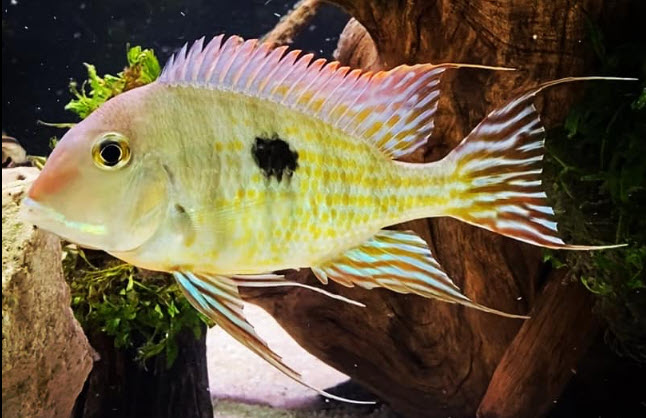
All the Many Reasons Anaerobic Reactors don’t Work
There are very successful denitrifying reactors being widely used for sewage treatment in Europe to deduce nitrates to below 3 ppm in clear sewage water effluent (the water which has had the solid particles removed). These reactors are a very good example of what is needed in an aquarium reactor. These reactors have established that denitrifying reactors have several ABSOLUTE REQUIREMENTS:
- The denitrifying reactor requires a suitable carbohydrate “feed”. This feed can be methanol, glycerin, sugar or ethanol (vodka). This feed is what removes the oxygen from the water and makes it anoxic (“without oxygen”). Without this suitable feed it is impossible to achieve anoxic conditions. Only one commercial design does this.
- These feeds of simple carbohydrates must also act as what are called “electron donors” and allow the reduction of nitrate to nitrogen gas. Only one commercial design does this.
- The carbohydrate feed must be constant. With very small amounts being added at least every few hours. The one commercial reactor which has a feed does it twice a week, which just will not work.
- There must be a way of having very high movement inside the anoxic filter. This means there must be a recirculating pump inside the anoxic filter. No reactor has this feature.
- The flow into the reactor must be very, very slow. The reactor designs on the web all have flow rates that are far too large for the system they are in.
ALL Criteria MUST be Met for any Denitrifying Reactor to Work
.
Because of these deficiencies there are no commercially available anoxic/anaerobic reactor designs or DIY YouTube reactor designs which will even come close to working.
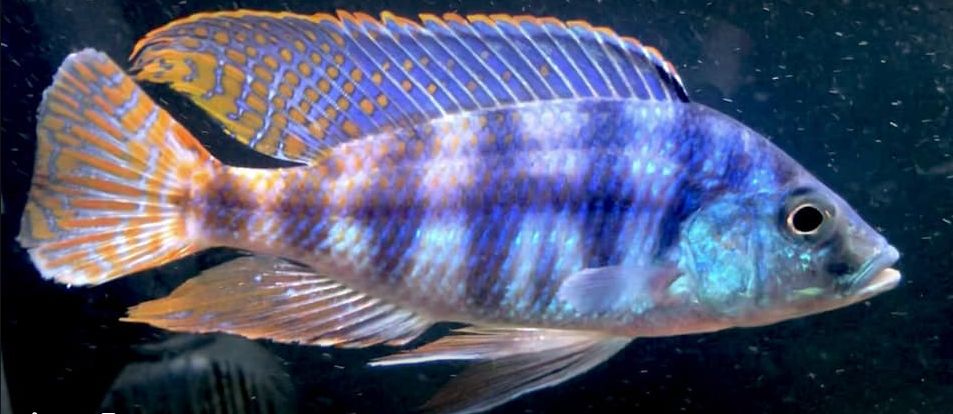
Placidochromis johnstoni
Anecdotal Evidence Anaerobic Reactors Work
Note that there is much anecdotal “evidence” that denitrifying reactors work. This is largely since bubbles can be seen coming out of a supposedly “working” denitrifying reactor. It is claimed that these bubbles are nitrogen gas. They are not. They are simply carbon dioxide gas created when the dissolved organics were consumed. Some methane might be in the mix.
There are also always the folks coming on social media who say they are reducing nitrates by this or that reactor design. Ask them what the levels of their “control” are and they won’t answer. That is because they don’t use a control. A “control” is an identical aquarium set up without a reactor and treated identical to the aquarium with the reactor on it.
If there is a significant nitrate lowering of the nitrates in the reactor aquarium versus the level in the control, then one can conclude the reactor is working. If there is no “control” then it could be any one of several mechanisms which are lowering the nitrates, such as plant, fish, bacteria and/or algae growth (so called “assimilatory denitrification”). A “test” without a “control” is simply meaningless.
For a test which is significant because it used controls look at this link:
7.5. Denitrifying Filter Media
This test proved “denitrifying media” such as BioHome do not work, even when such media was inside a very slow flow sealed filter bottle.
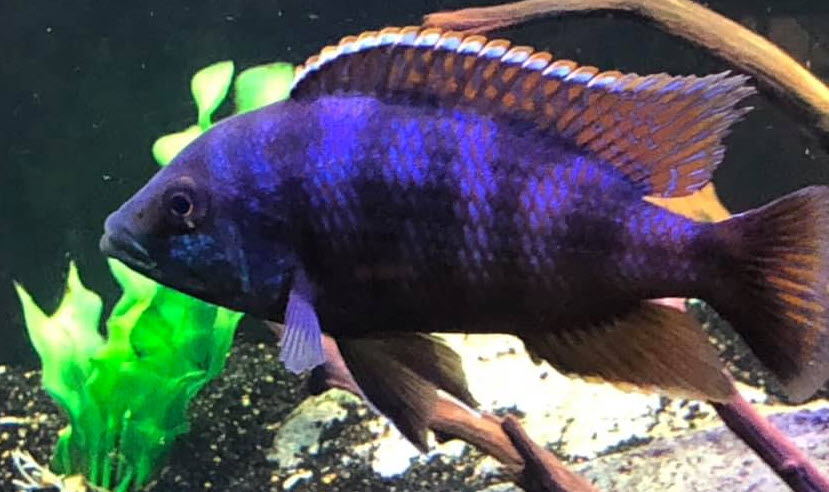
Placidochromis milomo VC10
Aquaripure Reactor
One anaerobic reactor sold on the internet is the Aquaripure Reactor. The Aquaripure reactor has some of the requirements for a successful reactor. It has feed, the feed is suitable, and it has media inside it’s canisters.
But in order to work the feed has to be constant. This reactor has a “proprietary blend” (probably just glycerin, alcohol or sugar) being added twice a week. Twice a week simply won’t make the grade. When the “blend” is added there will be several stages over time:
- When it is first added too much will be going through the “anoxic” filter and into the aquarium and there will be a bacterial bloom in the aquarium.
- Then the level of the blend will be optimal for just a short period (but even at this level there will probably be no anoxic reduction because there is no movement inside the filter).
- Then there will be too little feed and, in theory, nitrite will be produced, which is much more toxic than nitrate. But since there is no movement inside the reactor this won’t occur.
- Then there will be no “blend” left and nothing will occur.
The Aquaripure YouTube videos are quite the norm’ for such products. It’s a 14-minute lecture on microbiology interspersed with three actual references to the way in which the reactor works. And these three references are obviously false claims with no supporting data given.
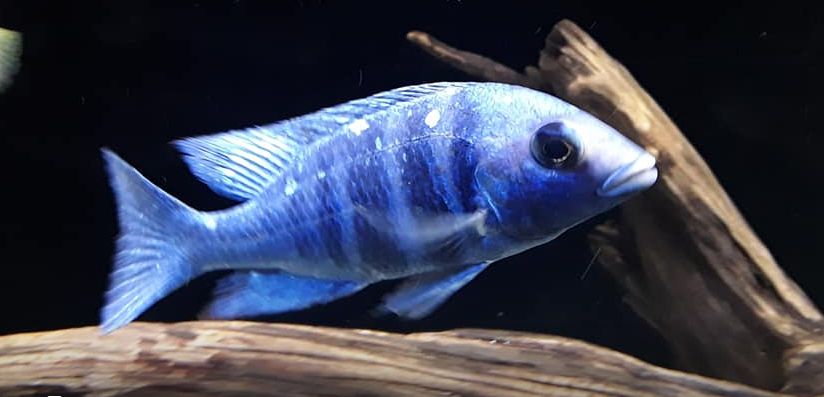
.
Donovan Joanne’s Nitrate Destroyer
There is an interesting do-it-yourself design that can be found on one of the reefing blogs. The design uses two pieces of 4 inch diameter PVC pipe four feet long which are filled with media. This reefer took a saltwater tank to less than 1 ppm nitrate using this design. He also noted “nitrogen gas” coming out of the reactor. This is the design:
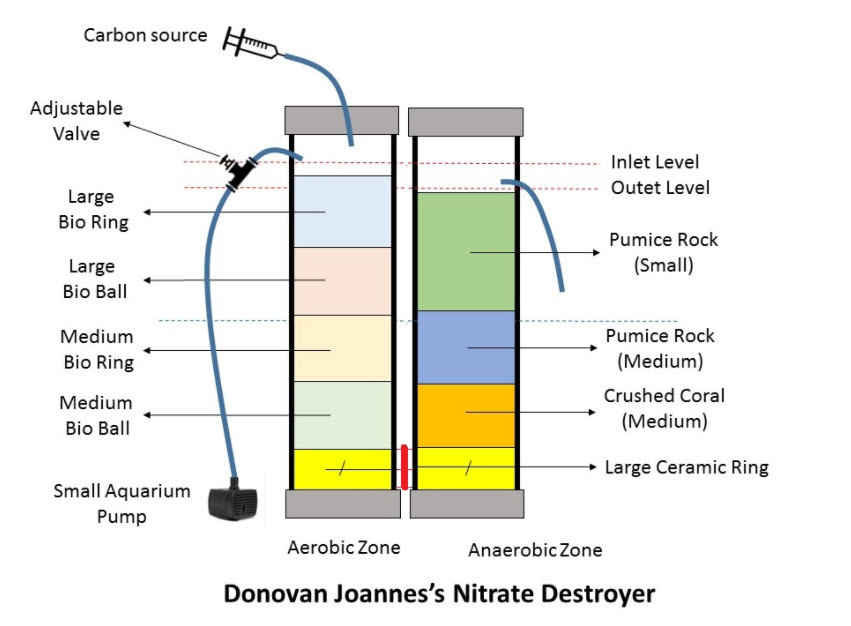
This hobbyist was adding sugar as part of his carbon feed. The aquarist complained that some media clogged up too fast. This should have told the experimenter what was happening. This is a classic case of assimilatory denitrification.
Sugar gives a high carbon to nitrogen ratio in the filter. A high carbon to nitrogen ratio causes the nitrogen to be tied up in thick brown gunk, rather than being present as nitrate in the effluent. The nitrate was being absorbed and utilized by bacteria to produce a thick brown gunk. The gas coming out was carbon dioxide. When the experimenter cleaned the media, he was removing the built up nitrogen in the proteins in the bodies of the organisms making up the brown gunk.
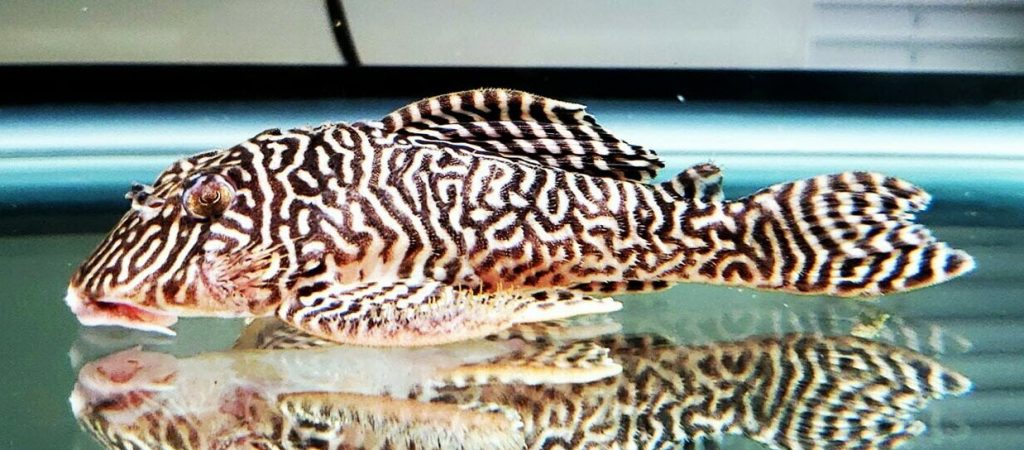
This reactor was almost identical to the reactor used in the study “Simultaneous Nitrification and Denitrification Using Siporax Packing”. Menoud et. al., Department of Chemical Engineering, University of Sydney, NSW, Australia, 2006. We found this study to be a case of assimilatory denitrification. Go to this link to see the debunking of this study:
7.5. Denitrifying Filter Media
Note that this design COULD be, in theory, made to work by simply adding a circulating pump which pushes the water through the two cylinders over and over again very rapidly. One would also need to connect the two cylinders at the top with a small tube in order to prevent gas build-up in the “aerobic” reactor portion. In such a design BOTH reactors would be anoxic. But we don’t recommend actually doing this, it will be very challenging to get this to actually work.
Biocenosis Reactor
There is one design of reactor from YouTube which is just very strange. It is called the “Biocenosis Clarification Basket”. It doesn’t work, as confirmed by testing. More about it can be found at this link:
8.9.1. Biocenosis Reactor
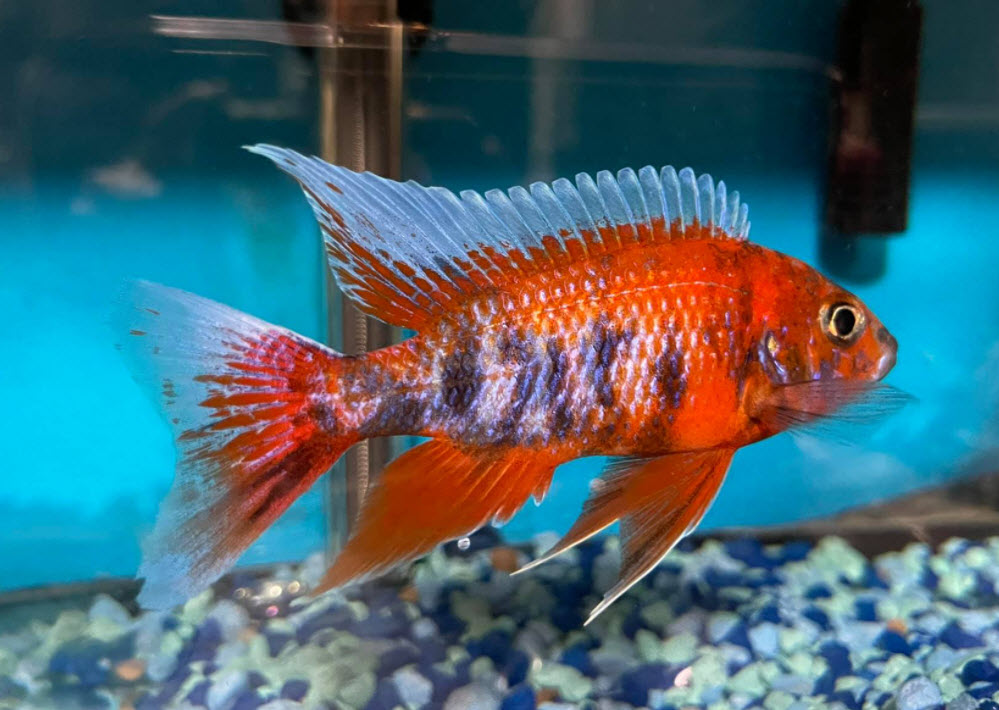
.
Working Anaerobic Devices
Some people like “gadgets” and taking on a challenge. If you want such a challenge one can build a anoxic reactor which CAN (with a lot of work and trial and error) be made to reduce nitrates. For various anoxic denitrification schemes which CAN actually be made to work, click on this link:
8.9.2. A Reactor Design Which will Work
.
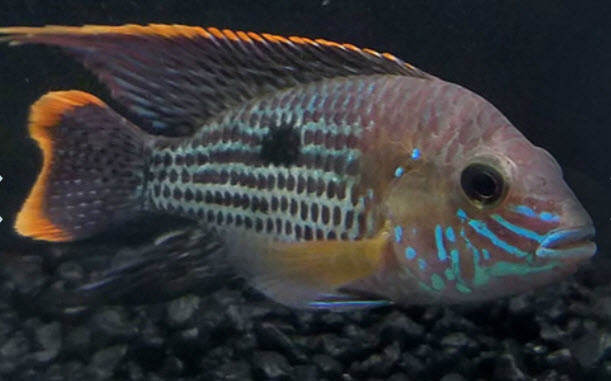
There are two very easy and efficient ways to remove nitrates from the aquarium water:
- Simply change the water on a basis sufficient to maintain the nitrate level one desires
- Add sufficient plants (or an algae scrubber) to the system, either inside or outside the aquarium, to keep the nitrates under control. For more on this go to this link:
6.6. Aquaponic Filtration
These courses of action are effective. In addition there is a far more complicated method for removing nitrates via something called “assimilatory denitrification”.
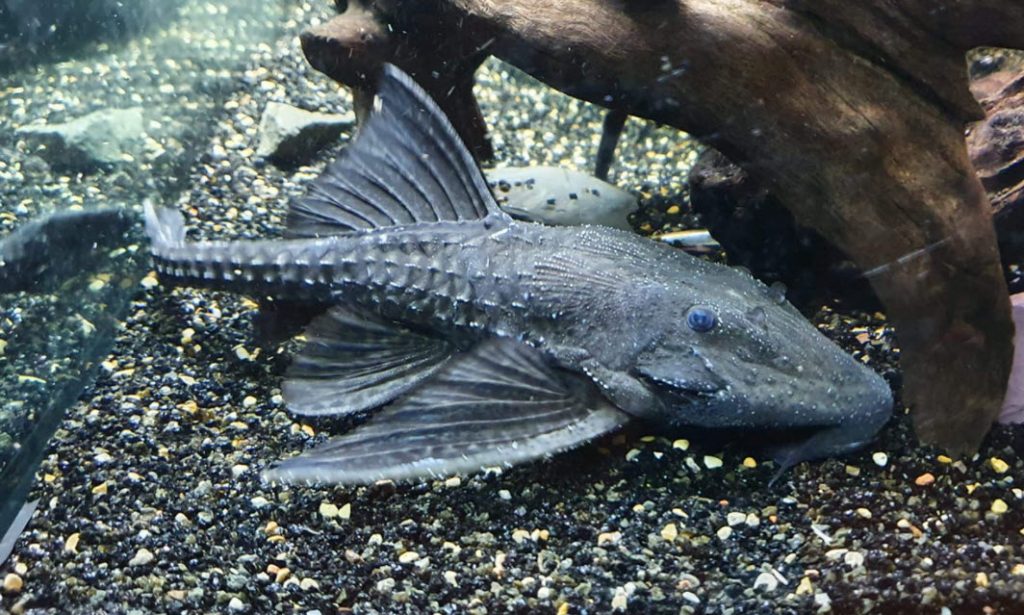
Removing Nitrates with Assimilatory Denitrification
Nitrate is easily tied up in brown gunk in a sponge filter media if the food fed has a high amount of carbohydrates in it. This absorption of nitrate via bio-accumulation is called “assimilatory denitrification”.
“Assimilatory denitrification” can be used to remove nitrate from the water. There are a whole series of designs which can do this. Many hobbyists do this inadvertently. They then come on social media wondering why they never get nitrates.
One can use any carbohydrate as a carbohydrate feed which gets the carbon to nitrogen ration up high enough to get large amounts of assimilatory denitrification. This is delved into deeper in the following article:
8.9.3. Assimilatory Denitrification
‘
More Information
For information on the science of anoxic denitrification click on the following links:
14.2.4. Anaerobic Substrates
7.5. Denitrifying Filter Media
.
Return to Filters Menu
.
Aquarium Science Website
The chapters shown below or on the right side in maroon lead to close to 400 articles on all aspects of keeping a freshwater aquarium. These articles have NO links to profit making sites and are thus unbiased in their recommendations, unlike all the for-profit sites you will find with Google. Bookmark and browse!
.

Dave says
In reply to Gershom …. In the hobby the two terms are used interchangeably as synonyms. I devote a large part of one large boring article to the actual difference between the two terms. https://aquariumscience.org/index.php/14-2-4-1-anaerobic-science/
Gershom Lundberg says
Just read about Anaerobic Reactors. Very impressive—I like the scientific approach (despite some people’s preference for anecdotal evidence—referenced in 7.5 Denitrifying Media).
So, I am still not clear about anoxic filtration; is it the same as anaerobic? A guy on another website asserted that they are distinctly different. .
Dave says
In reply to Korhaka …. It won’t work for a host of reasons. If you are really serious you might try assimilatory denitrification. Or one the two dissimilatory designs Note 40 ppm isn’t bad at all.
Korhaka says
I have been trying to think of a potential way to remove nitrates from water, as my tap water is already 40ppm nitrates – and mostly because this seems like a fun experiment. Got the idea from looking up wastewater treatment methods. Currently in early stages of testing.
Test:
Added some of the marsh sludge to a bottle and some sugar, along with some water that is about 40ppm nitrate. Expect to initially see CO² produced so the pressure should build in the bottle – this is why the bottle is in the shed wrapped in multiple layers of thick plastic bags inside a heavy duty plastic container. From my homebrewing days in 2L PET bottles I know what kind of mess that can make if one explodes. For testing once it starts to produce gas may need to look at either slightly loosening the lid to allow gas out but keep oxygen coming in minimal, it works for homebrewing anyway. Alternatively just improvise an airlock with a cup and a tube, that will allow gas to bubble out. After a while test the water to see if the nitrates are dropping.
If the initial test is successful, it may be beneficial to repeat the same process using the sludge in the bottle and fresh water, as it is unclear how much denitrifying bacteria will be in the marsh sludge but they should multiply further if the conditions are ideal for denitrification. Can compare follow up tests to see if nitrate depletes faster using the same amount of sludge after multiple repeats of the process
A potential aquarium application:
A sealed container is connected to your tank/sump – Airlock/vent? CO² then N² should be produced, want to avoid pressure buildup. The container is isolated from the tank and sugar is added as a carbon source. At first CO² will be produced as the bacteria used up the oxygen, then it will become anaerobic and the nitrates are used instead, using the oxygen with N² as a waste product. After a while (Unclear how long?) the nitrates will drop. Once this has finished, a low powered pump can cycle water between the container and the tank – potentially on a timer, run for a few hours to completely cycle the water. Then isolate the container again and repeat.